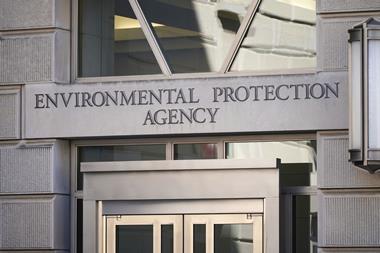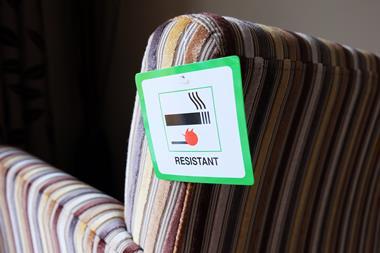A new US National Academies report adds weight to the Environmental Protection Agency’s (EPA) findings on the health risks associated with formaldehyde, which have attracted fierce criticism from the chemical industry. However, the report also suggests that the agency makes some needed clarifications to its draft assessment.
When the EPA released its latest health assessment of formaldehyde toxicity in April 2022 that linked long-term exposure to the chemical with health problems like nasal cancers and myeloid leukaemia, there was immediate pushback from the chemical industry. That draft assessment went further than the EPA’s previous determination that formaldehyde is a ‘probable human carcinogen’, prompting the American Chemistry Council (ACC) – a trade body that represents chemical companies – to express concern about conflicts of interest and potential bias in the EPA’s evaluation.
Now that saga continues with the National Academies’ release of a new report that concludes that the EPA’s findings are supported by the available evidence. However, its report also recommends that the EPA revise the toxicological review to ensure that the methods used in every step of its assessment for each health outcome are clear. The agency welcomed the National Academies’ report and said it is evaluating the document’s recommendations to strengthen its formaldehyde assessment.
But the ACC responded to the report by once again expressing serious reservations about the EPA’s processes and objecting to the ‘limited scope’ of the National Academies’ review, noting that it did not address the validity of the toxicity values in the EPA’s draft assessment. The trade group called these values ‘out of step’ with international authorities like the World Health Organization and the European Chemicals Agency.
Last month, the ACC sued the EPA and the National Academies over the formaldehyde assessments, accusing them of failing to comply with specific transparency, balance, and independence requirements in the peer review process set forth by the US Federal Advisory Committee Act (FACA).
‘Formaldehyde is extensively regulated to protect human health and the environment. Decades of scientific evidence support a safe level of formaldehyde exposure at current regulatory levels,’ the ACC stated. ‘Given the many benefits of formaldehyde, federal and local policymakers must make regulatory decisions based on all of the available science.’

















No comments yet